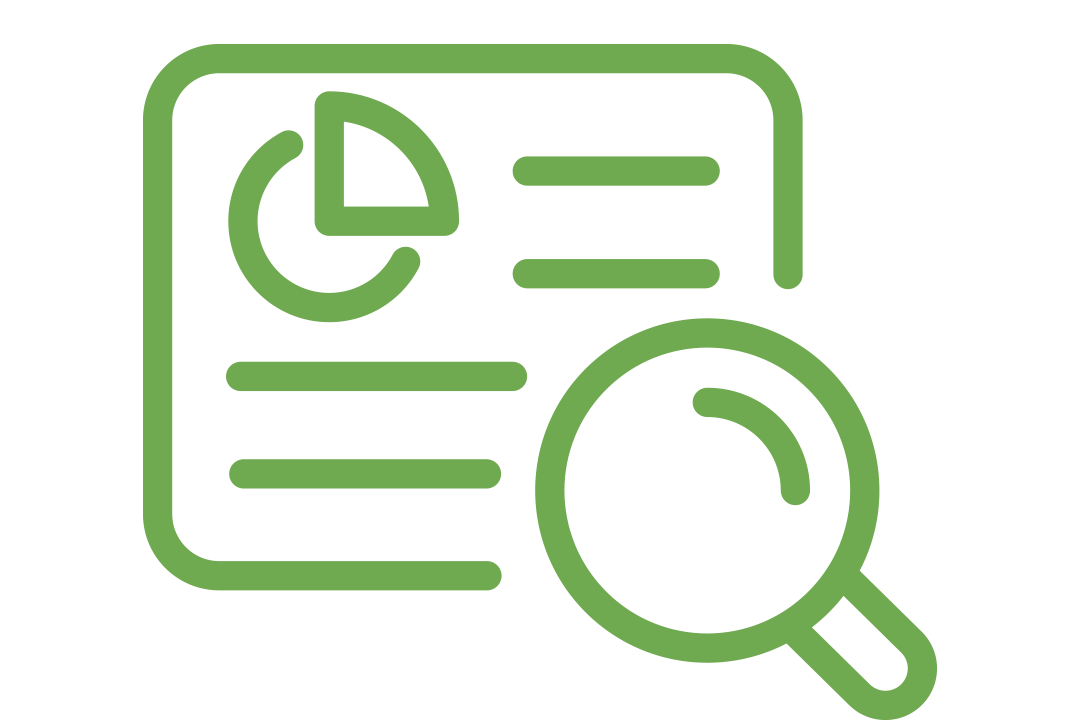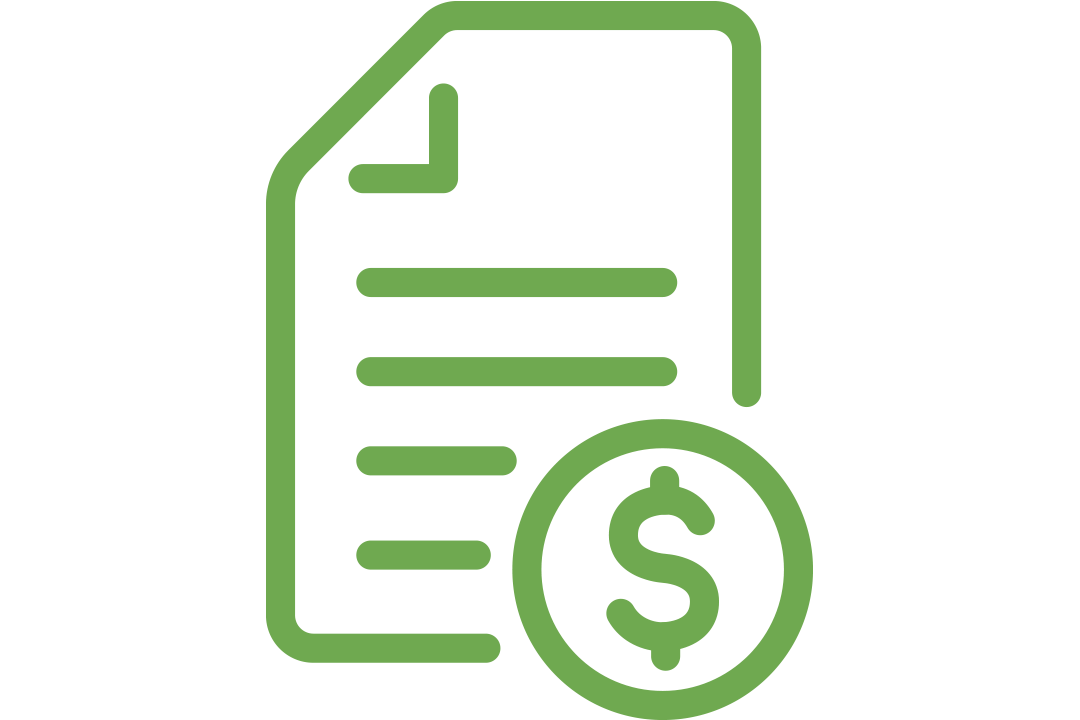Feb 21 2025 2:00 PM
New year, who dis?
Time to take charge of your finances in 2025

Alright, we're already almost two months into 2025 – how's that financial to-do list looking? If budgeting wasn't on it yet, now's the perfect time to start. And don't worry, it's easier than you think!
Setting a simple budget is an easy way to help boost your credit score, eliminate debt, or save for that big purchase you've been eyeing for a while. Side note: you will need a budget template to help you organize and track your expenses. Check out these fantastic free options from Canva to help you get started.
Remember, the hardest part about budgeting is being honest about your spending habits, setting realistic expectations and goals, and sticking to your budget once you've established it. The good news? This isn't complicated once you get into a rhythm.
 Step 1: Know where your money's going
Step 1: Know where your money's going
Before you can build a budget, you need to get a handle on your spending. How can you do this quickly? Pull up your last three months of bank statements and sort your expenses into categories:
- Needs (Essentials): Rent/mortgage, groceries, utilities, transportation, debt payments.
- Wants (Non-Essentials): Eating out, entertainment, subscriptions, shopping.
- Savings & Investments: Emergency fund, savings, retirement accounts.
Now, take a look – are there any areas you can cut back? Canceling that subscription you forgot about or swapping a few takeout meals for home-cooked ones could save you hundreds over the year (and let’s be honest, probably healthier also). Small tweaks can make a big difference over time.
Step 2: Set realistic goals
You need to figure out exactly what your financial goals are in 2025. Keep it real here; a budget is the first step in getting there. A couple of popular methods you can try:
- 50/30/20 Rule: Spend 50% of your income on needs, 30% on wants, and put the last 20% toward debt or savings. Of course, you need to tweak the ratios to work for you.
- The envelope method: Set aside cash for categories like groceries or entertainment – once it's gone, it's gone.
Set both short-term goals (paying off a credit card) and long-term goals (saving for a down payment) to keep yourself motivated and on track.
 Step 3: Tackle debt head on
Step 3: Tackle debt head on
Debt can feel overwhelming, but you've got this! Here's how to make a real dent:
- Stay on top of payments. Set up autopay so you never miss one (and avoid those pesky late fees).
- Pay more than the minimum. Even a little extra toward the principal each month helps reduce interest and speed up repayment.
- Pick a strategy. Try the avalanche method (paying off the highest-interest debt first) or the snowball method (knocking out smaller debts first for quick wins).
Step 4: Adjust as you go
A budget isn't set in stone—it should change as your life does. Check-in monthly to tweak things based on your income, expenses, or new financial goals.
Got a bonus? Picked up a side hustle? Put some of that extra cash toward debt or savings. And don't forget to build up an emergency fund – your financial safety net for unexpected expenses like medical bills or car repairs. Even setting aside $20 per paycheck adds up over time! Oh yeah, one final thing, give yourself some grace if you lose track of your budget. We all do at times. Recognize where you fell off track and get back on course as quickly as possible.
Take control of your finances in 2025!
Budgeting isn't just about numbers – it's about freedom. It puts you in control of your money so you can live the life you want. So, start small, stay consistent, and celebrate your progress along the way.
Now's the time – let's make 2025 your best financial year yet!
